The past 10 days have been a whirlwind. It’s been a struggle to find time to post, but now that I’ve gotten into a pretty good schedule, I’ll be much more on top of things. For the first few days, I would immediately fall asleep whenever I touched my bed. The busy schedule is enough to leave you exhausted. Not to mention all of the walking around the city. And of course, the jet lag is real.
Here are some things I wish I had known before I left and have had to learn very quickly.
- Luggage can and will be lost. Pack your carryon bag with at least one outfit and hygiene essentials. (No liquids more than 100mL allowed in your carryon bags, so be careful. Getting stopped at security is a hassle best to be avoided.)
What a way to start our trip. Our layover in Heathrow, London was short and I guess it took a while to transfer all of the bags from our first plane to the connecting flight to Barcelona. Half of our flight’s luggage didn’t make it. This included my suitcase and two of Lauren’s. It was surreal when the baggage carriage stopped turning, signaling that all of the luggage had been unloaded, and our carts were still empty. We were in a brand new country with none of our clothes. Great.
If this happens to you, do what we did. Go to the lost baggage claim and give them your boarding pass. Then, describe the suitcase that you had lost and provide an email where they can contact you when the luggage is located. If you provide your address, the airport will have the suitcase delivered as soon as it is located.
My suitcase came the next day, and luckily I had enough clothes inmy carryon to somewhat clothe me and Lauren until my bag came. Lauren didn’t have any clothes in her carryon, and her luggage didn’t come for three days. Someone told me that about 85 percent of luggage is delayed while traveling abroad. Be prepared.
2. People don’t work on the weekends, and most businesses are closed on Sundays.
Mañana, mañana is a saying in Spain that describes the work ethic of the people here. Everything is very relaxed, which is great. But it also means a lack of efficiency.
Our shower has been broken twice since we got here and it has been extremely difficult to get it fixed because it always breaks right before the weekend, where no one is around or willing to fix it. There is a lesser sense of urgency than in the United States, which is something that needs to be accepted.
We also found that all of the major shops, except for the cafes and restaurants, were closed on Sundays. Our day for being productive and crossing errands off our list turned into a huge waste of time when we took the train to Plaça Catalunya to find everything closed.
3. It is winter in Barcelona, despite the 60 degree weather.
If you walk around in a short-sleeve T-shirt in January, you will be stared at.
If you go out at night in a crop top and a skirt, no tights and no jacket, people will stare out of the windows and laugh at you. Because no matter how warm that weather is compared to Penn State, it is still winter. The temperature fluctuates enough that I would also recommend bringing your winter coat.
Bring a jacket to the bars and clubs that you don’t mind holding, or bite the bullet and pay for the coat check. Or, be the American that doesn’t mind the cold and ignore the stares. But you will stand out, and that isn’t always a good thing.
4. Cat calls are everywhere, and so are money scams.
You will be whistled at and called to on the streets if you are a girl. Just keep walking, it’s pretty harmless. One guy screamed in my friend’s ear when we were out in Tarragona, but that was just weird. You should never walk alone at night, even if you are a guy. There are particular areas you should avoid when it’s dark and it’s really important to know them before you go out, no matter what city you are studying in. In Barcelona, Las Ramblas becomes particularly sketchy at night if you are not in a group.
People asking for money are everywhere in Barcelona. While it may tug at your heartstrings, this is where judgement and a bit of cynicism comes in. The first day on the train a young boy got on and put a pack of tissue on the empty seats next to us and one on our windowsill. Attached was a short paragraph and a picture of him and what he said was his daughter. The paragraph was asking for money to help feed his daughter and support their life together. I was so sad when I saw it, but the next day I saw at least three other men doing the same exact thing. Your money is limited while abroad and you don’t want to be the sucker that falls for the scam. Be aware.
5. Sometimes you just have to pay.
Sometimes you just have to pay a little bit more for a better experience. It’s hard not to be obsessed with spending money and the current exchange rate. (Although right now it’s the best it’s been in a while!) But it’s important not to let it stop you from experiencing all the great things that the city has to offer. This is the time to enjoy life to the fullest. Be smart with your money, but understand that this may be the exact opportunity that you have been saving for for all these years. It’ll never happen again.
Budgeting is important and saving money where you can is definitely a must. We try to find the cheapest bars and lunch spots. We’ve started going back to our dorm during our lunch break so that we don’t have to pay at a cafe or restaurant, even though it’s about a 20 minute trip. But, indulging every once in a while is part of the experience and nothing to feel guilty about.
Once we start traveling I’m sure that I’ll figure out some more tips for booking the cheapest flights and hostels. I hope this post was helpful!
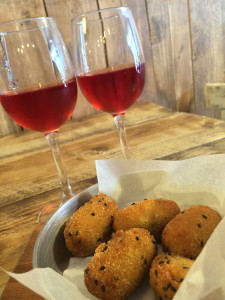
Mushroom croquets and vino rosado with Lauren to celebrate the start of classes at the PETIT POT Bistro


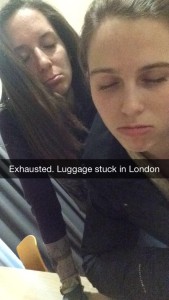
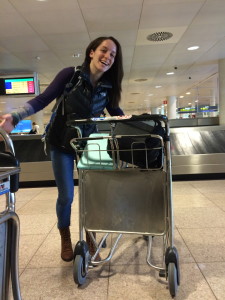
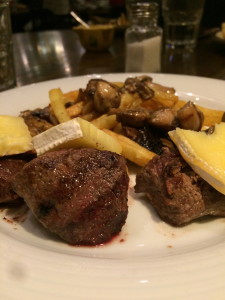
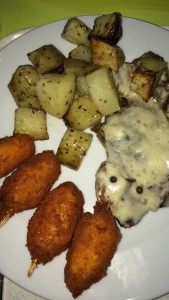




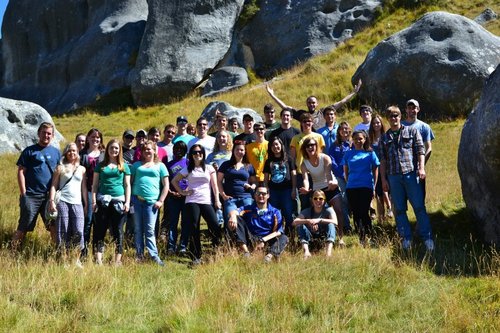







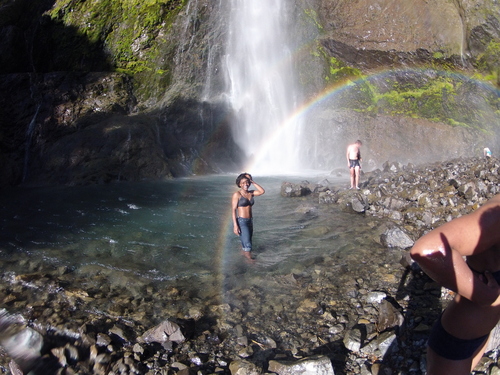
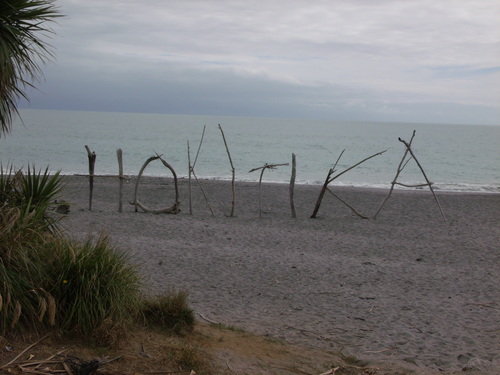














-thumb-300x225-281217.jpg)
-thumb-300x225-281220.jpg)
-thumb-300x225-281223.jpg)
-thumb-500x666-281226.jpg)










